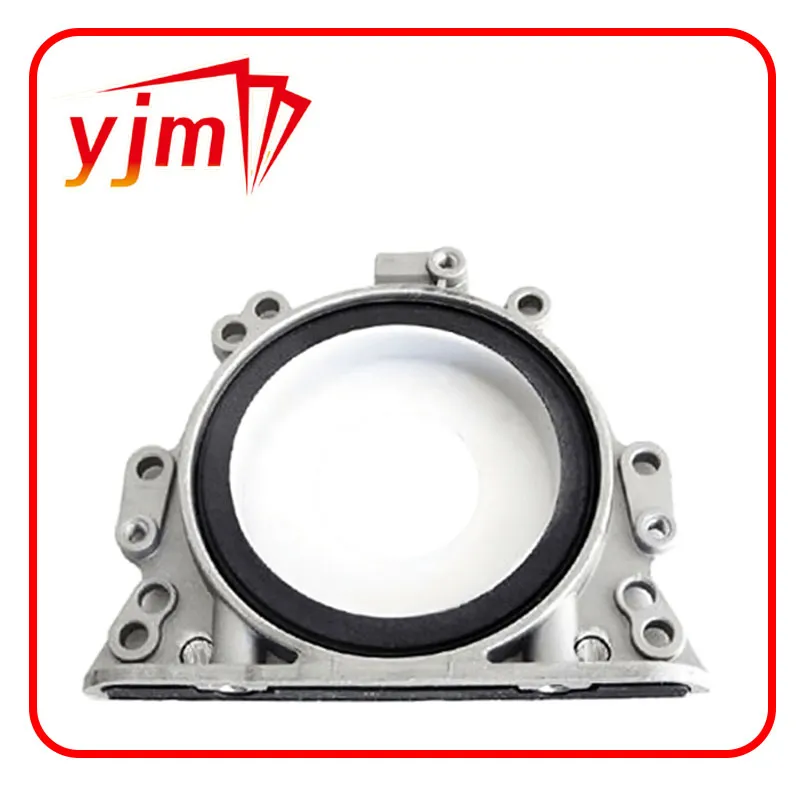High-Performance O-Rings for Demanding Pressure Applications and Reliable Sealing Solutions
Understanding High-Pressure O-Rings A Key Component in Sealing Technology
O-rings are ubiquitous components used in various engineering applications to create a seal between two surfaces. Among the diverse range available, high-pressure O-rings stand out due to their critical functionality in systems that operate under substantial pressure and demanding conditions. This article explores the significance, materials, applications, and best practices associated with high-pressure O-rings.
What Are High-Pressure O-Rings?
High-pressure O-rings are circular seals designed to prevent the escape of fluids or gases in systems that experience significant pressure differentials. Unlike standard O-rings, which can be adequate for low to moderate pressure applications, high-pressure O-rings are specifically engineered to withstand elevated pressures, often exceeding several thousand psi (pounds per square inch). These seals play a vital role in ensuring the integrity of various mechanical systems, including hydraulic and pneumatic applications, aerospace and automotive industries, and equipment used in oil and gas exploration.
Materials for High-Pressure O-Rings
The performance of high-pressure O-rings is heavily influenced by the materials used in their construction. Common materials include
1. Nitrile Rubber (NBR) Often used in environments involving petroleum-based fluids, nitrile rubber offers excellent resistance to oil and fuel, making it a popular choice for automotive and hydraulic applications.
2. Fluorocarbon (FKM) Known for its exceptional heat and chemical resistance, fluorocarbon is suitable for high-temperature applications and corrosive environments. It is often used in aerospace and chemical processing industries.
3. Polyurethane (PU) Polyurethane O-rings exhibit superior abrasion resistance and elasticity, making them ideal for dynamic applications where movement occurs between the sealing surfaces.
4. Silicone While not as robust under pressure as other materials, silicone O-rings offer excellent temperature stability and are often employed in food, medical, and pharmaceutical applications.
Choosing the right material is crucial for ensuring the longevity and effectiveness of high-pressure O-rings, as the wrong selection can lead to premature failure and costly downtimes.
Applications of High-Pressure O-Rings
High-pressure O-rings are found in various industries due to their versatility and reliability. Some common applications include
high pressure o rings

- Hydraulic systems O-rings are essential in hydraulic cylinders and pumps, where they prevent leaks that could result in loss of pressure and efficiency
.- Aerospace In aircraft, high-pressure O-rings seal fuel lines, hydraulic systems, and environmental control systems, ensuring safety and performance at high altitudes and variable temperatures.
- Oil and Gas These O-rings are integral in drilling operations and subsea equipment, protecting against the harsh conditions and pressures encountered in extraction processes.
- Automotive High-pressure O-rings are used in engines and transmission systems to seal fluids, contributing to overall vehicle performance and efficiency.
Best Practices for Installation and Maintenance
To ensure the optimal performance of high-pressure O-rings, proper installation and maintenance are key. Here are some best practices
1. Inspect before installation Check O-rings for any defects such as cracks or cuts. Damaged seals can lead to failures.
2. Apply lubrication Using a suitable lubricant can help reduce friction during installation and prevent damage to the O-ring material.
3. Correct sizing Ensure that the O-ring is the correct size for the application. An incorrectly sized O-ring can compromise the seal integrity.
4. Regular maintenance Periodic inspections and replacements should be part of any preventive maintenance program to avoid unexpected breakdowns.
Conclusion
High-pressure O-rings are indispensable components in a multitude of applications, providing crucial sealing capabilities in demanding environments. By understanding their materials, applications, and maintenance requirements, engineers and technicians can ensure optimal performance and reliability in their systems, ultimately contributing to improved efficiency and safety in various industries.
-
Understanding the Front Main Engine Seal: Purpose, Maintenance, and Installation
News Jul.29,2025
-
Understanding O-Rings and Seal Rings: Types, Applications, and Custom Solutions
News Jul.29,2025
-
Understanding Crankshaft Oil Seals: Rear Seals, Pulley Seals, and Their Role in Engine Integrity
News Jul.29,2025
-
The Importance of Front and Rear Crankshaft Seals in Engine Performance and Oil Management
News Jul.29,2025
-
Crank Oil Seals: Functions, Types, and Cost Considerations in Engine Maintenance
News Jul.29,2025
-
A Comprehensive Guide to O-Rings and Seals: Types, Materials, and Global Applications
News Jul.29,2025
-
Mastering Diesel and Performance Engine Maintenance: A Guide to Critical Oil Gaskets
News Jul.28,2025
Products categories















